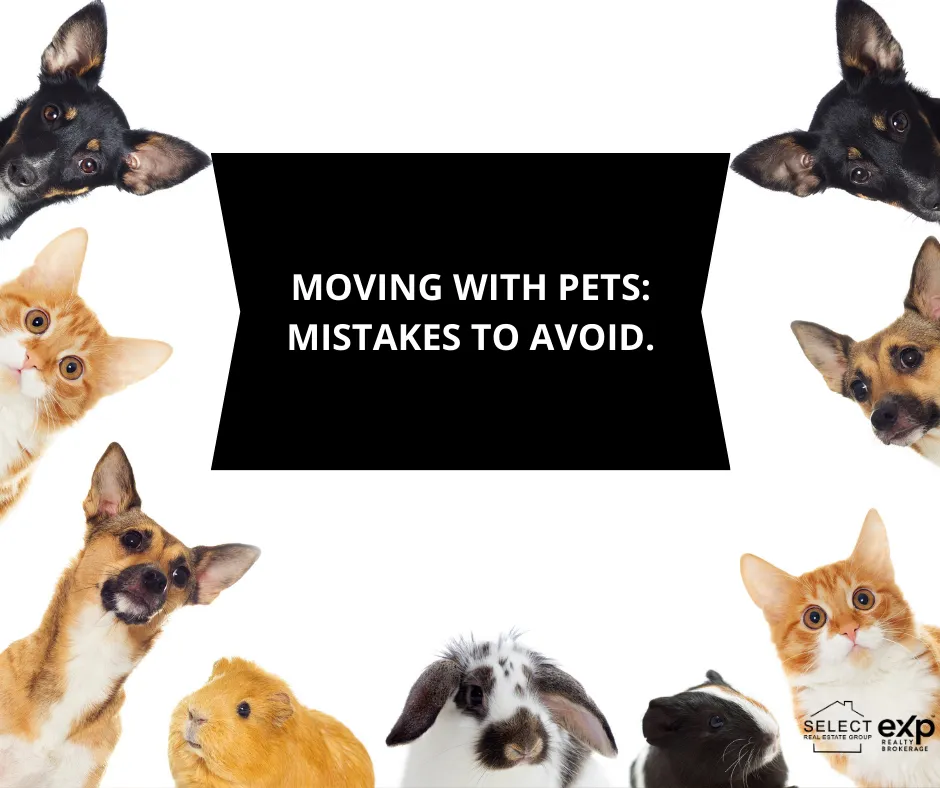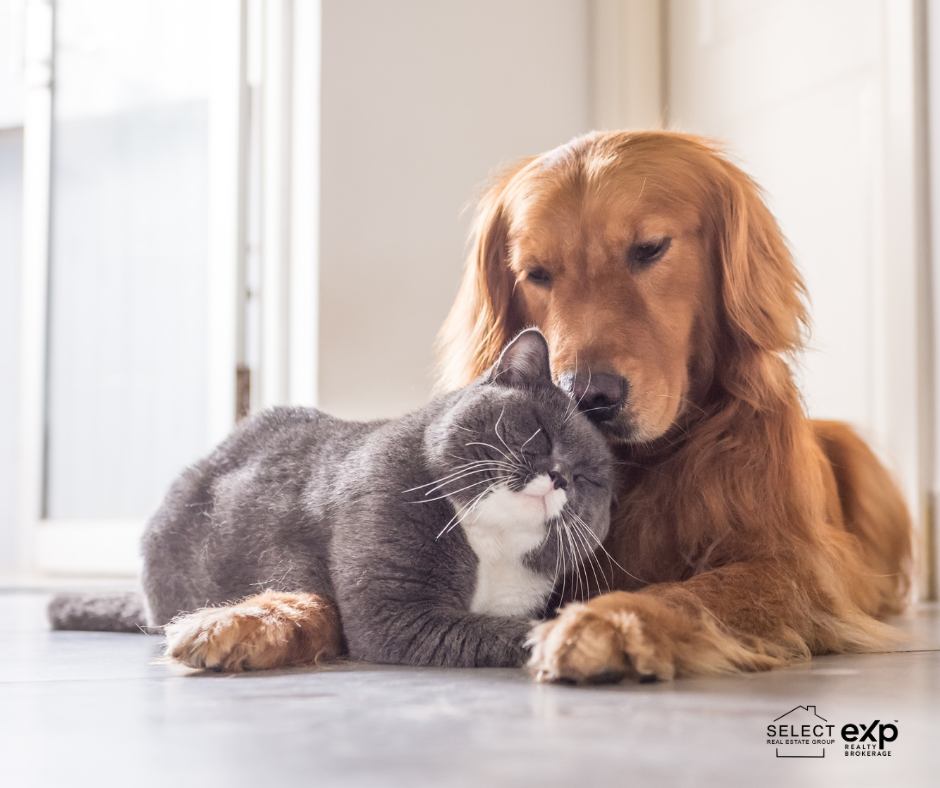
Mistakes to Avoid While Moving with a Pet
Mistakes to Avoid While Moving with a Pet!

There’s no doubt that pets add another layer of stress and complication to a move, but of course we wouldn’t leave them behind for the world. And moving with an animal can be done safely! Read on to learn seven mistakes people make when moving with a pet and how to avoid them.
1. Not Preparing Your Pet for The Move
A move is always stressful for an animal, even if they've moved before. Transportation can add unnecessary stress if your pet isn’t prepared for it. If your dog isn’t crate trained, start immediately! Place any type of pet, including reptiles, in the planned carrier for a few hours a day every day leading up to the move, so they can get used to the space; for cats and dogs, include any favorite beddings or soft toys to make the space comfier. Reptile carriers should be empty to prevent injury.
2. Not Having a Vet Picked Out Beforehand
If your pet is injured in the move or becomes sick with the stress, you want to have a vet available to see them as soon as possible. Research local exotic vets and find one that fits your needs; if possible, get your pet in the system as a patient and send the vet their records before the move. Also, check with your current vet before the move for any tips for moving with your specific pet safely.
3. Not Having A Space Prepared for Your Pet When They Arrive
This is probably obvious for owners of lizards, snakes, fish, and other tank or terrarium pets. Any pet that needs to live in a controlled environment should really spend as little time outside of their preferred climate as possible – be that heat, humidity, pH, water hardness, or anything else. However, cats, dogs, and other animals that have free roam of the house will also need a designated space prepared for them before they move in. Moving is stressful, and being immediately released into a new space can be overwhelming. Setting up a bathroom, bedroom or other contained space with their litter box or puppy pads, bed, toys, food, and other familiar necessities will give them a place to feel safe and comfy and less like they’re on a foreign planet. It will also be a major help in keeping them out from underfoot during the process of moving furniture and boxes and other heavy things that nobody wants dropped on the cat– least of all the cat!!
4. Not Transporting Your Pet Safely
Cars and moving vans can be dangerous places for any animal, and having an animal in the car can also make it more dangerous for the humans involved. No matter how cute your dog looks hanging their head out the window, it’s important to make sure your animal is constrained while in the car to prevent accidents. Crate your dog or invest in a doggy seatbelt, buy a cat basket or carrier, and put a reptile in a waterproof clear plastic container with air holes and towels on the bottom. (Wet the towels if your reptile needs a moist environment.) Place the carrier on your lap or the floor to prevent it from moving or being crushed by other objects. If traveling by air, check with your airline for their pet transportation guidelines.
5. Giving Your Pet Too Much Freedom Too Soon
This one is especially important for cat owners. Whether you have an indoor or outdoor cat, they are likely to be very attached to their environment at home and a move will be particularly stressful for them. Dogs can still struggle with the new environment, but their strong bond with their people will blunt the stress for them. Lizards and other reptiles might not even notice the change so long as their tank setup stays the same.
Your cat might respond to this stress by trying to run away or by hiding away in a dark corner or small space for days. To avoid this, keep them in a contained space full of familiar objects for a few days at the old house, and then again with the setup as identical as possible in the new house. Let them explore new rooms at the house one at a time, always with close supervision and any escape to the outside blocked. How long it takes your cat to feel comfortable in the new space will depend on your cat, but hopefully within a few days or a week they can start to regain roaming privileges. Don’t let them outside for at least two weeks.
6. Not Checking Local Laws Ahead of Time
Check the licensing requirements for your pet before transporting them and make sure all the paperwork is squared away. Some jurisdictions may not allow certain breeds of dogs, like pit bulls or rottweilers. This is most important for lizards, snakes, amphibians, and other “exotic” pets. Some provinces forbid these pets entirely for environmental reasons. Also, make sure to have your lizard or other pet checked by a reptile vet no more than 10 days before the move and given a clean bill of health in writing, as you might need it to get your pet approved to travel.
7. Trusting Your Pet Too Much
This is especially true for dog owners, who might get lured into a false complacency by news stories about dogs finding their owners again after getting separated during a move. However much your dog loves you, this is unlikely, so take precautions. Get your dog tagged, microchipped and/or make sure your contact info is on their collar.
Unfortunately, moving will be a stressful time for you and your pet no matter what, but if you’re careful and thoughtful throughout the process, it will just be a minor blip in a loving relationship and a happy life for your pet.
Ready to Start?
Select Real Estate
Corinne Campbell & Kim Ziebell
REALTOR®, Brokers
(613) 701-9490
2141 Thurston Drive, Unit 103

Contact Us

